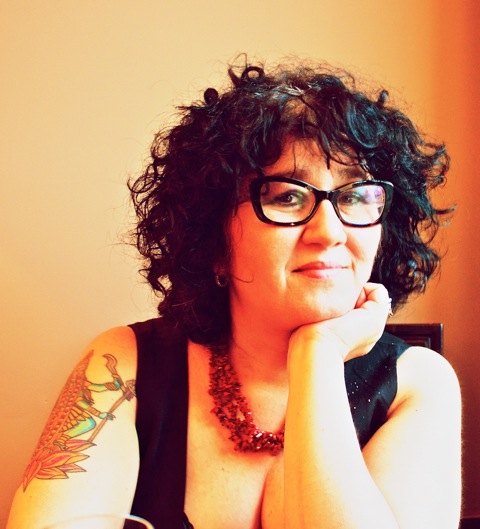Few words define The Netherlands better than “imperialist”. In a time of white appropriations of post colonial theory, few pause to realize that no post colonial analysis is possible while we live in a country where the “post” lays within a distant future (i.e. The Netherlands still holds colonial territories in the Caribbean). Zwarte Piet can only be understood as emerging from the remnants of an Empire terrified of irrelevancy. The Netherlands doesn’t have “nostalgia for the Empire”. That would imply that the Empire is a thing of the past. Even though we can (and do) use post colonial theory to unpack the cultural mechanisms at play, there is no “post” State in The Netherlands that would allow us to attempt analysis as “subjects after the fact”. Moreover, the legal classification of people into “autochtoon” and “allochtoon” is, in and by itself, a colonial device to separate the racial categories we are forced to inhabit. The current colonial subjects (that is, people that live in Dutch colonial territories) are still referred to as “allochtonen”, that is, not belonging. That the colonial subjects that are directly affected by the legacy of the Transatlantic slave trade are coded as “Other” (in the letter of the law, no less) is key to understand the context around Zwarte Piet.
Media has framed the current white Dutch uproar around discussions of racism as the “Zwarte Piet debate”. However, there is no “debate” going on. What is going on is, simply put, a mechanism through which a white supremacist society seeks to establish and perpetuate dominance. This domination is currently challenged by the public interrogation and subsequent implication of a racist character that a great portion of Dutch society considers “indispensable” and “immanent” (both in the sense of “inherent” and “unchangeable”). The demonstration in The Hague this weekend, which gathered around five hundred white Dutch people showing “support” for this character, was a demonstration of power. That is, the power of the White majority to not consider racism. That is, I insist, the power and self appointed right of the White majority to perpetuate racism.
Flavia Dzodan, "An intersectional feminist approximation to aesthetics around Zwarte Piet”. Zwarte Piet is the central figure in Sinterklaas, a popular Dutch children's holiday.
